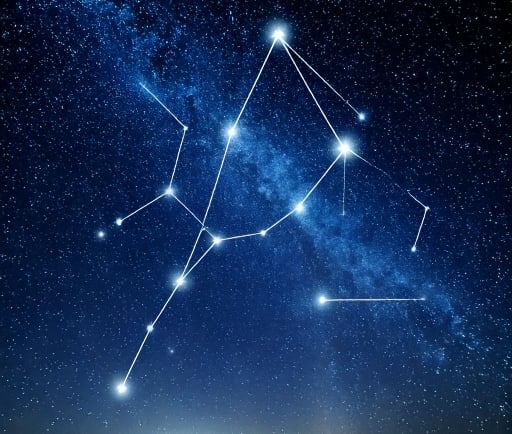Mapping the Constellation Cygnus: Home of Kepler-22b and Its Stellar Neighbors


Introduction to the Constellation Cygnus
The constellation Cygnus, often referred to as the Swan, is a prominent feature in the northern sky. Renowned for its distinct shape, it hosts several notable celestial objects, including stars, nebulas, and planets. One of the most intriguing of these is Kepler-22b, an exoplanet that lies within this constellation.
Kepler-22b: A Glimpse into the Unknown
Discovered by NASA's Kepler space telescope, Kepler-22b is located approximately 620 light-years from Earth in the constellation Cygnus. This planet is extraordinary because it is situated within its star’s habitable zone, which allows for the possibility of liquid water—an essential component for life as we know it. The yellow dwarf sun, known as Kepler-22, provides the necessary light and warmth to potentially support life on Kepler-22b.
The Debris of Space: Cygnus's Cosmic Landscape
While exploring Cygnus, one cannot overlook the celestial debris that surrounds its stars, including Kepler-22b. This debris includes asteroids and other remnants from the formation of planetary systems, contributing to our understanding of cosmic evolution. The interactions between Kepler-22b and its surrounding debris highlight the dynamic nature of space, offering researchers insights into planetary development and the stability of orbits in a hostile environment.
In summary, the constellation Cygnus, with its captivating starry skies and the distant exoplanet Kepler-22b, opens a window to endless possibilities for discovery. As astronomical technology advances, further exploration of this area promises to unveil more secrets, reminding us of the vastness and complexity of the universe that surrounds us.
